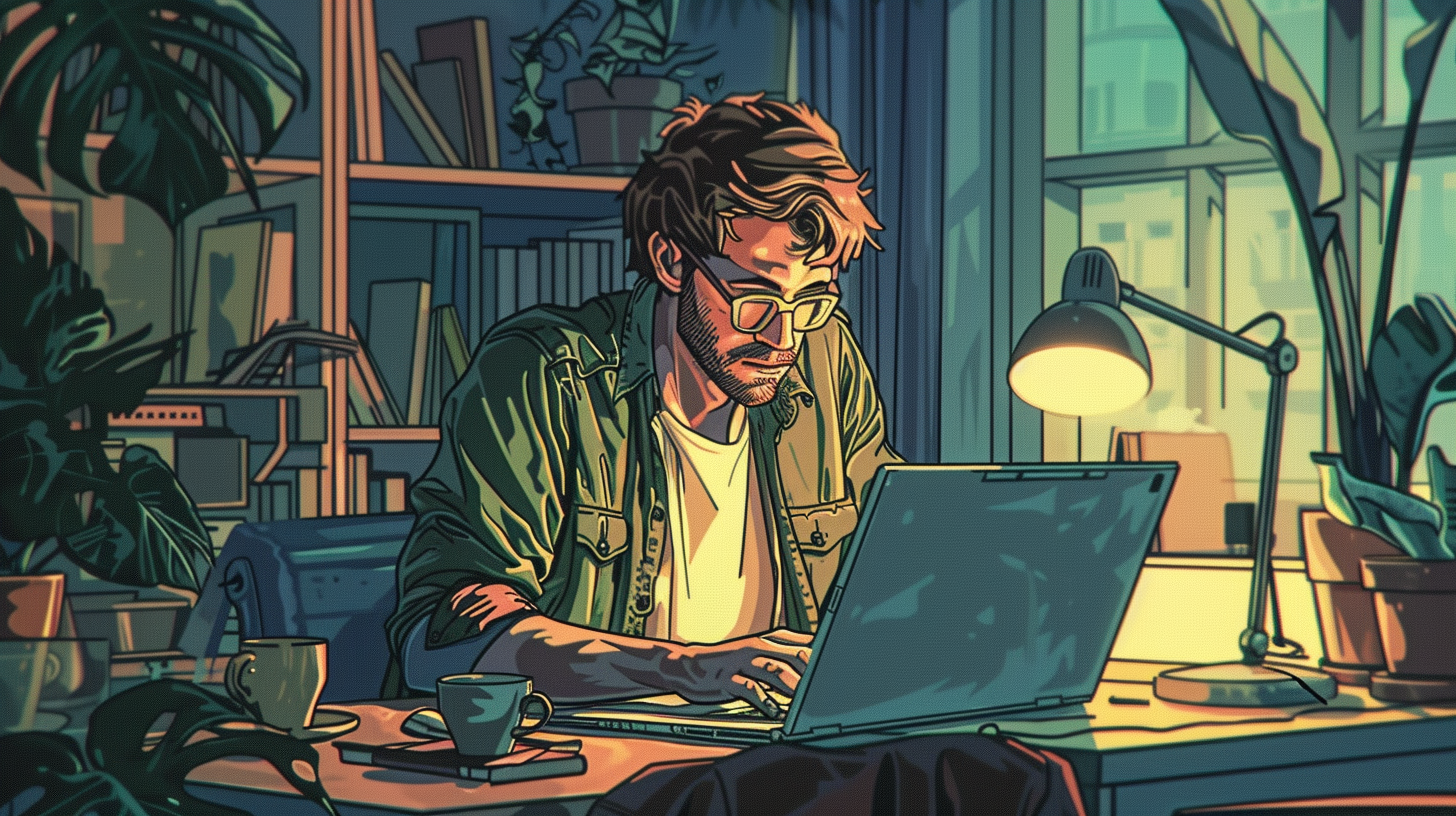In the fast-paced field of UX design, keeping up with trends isn’t a luxury—it’s vital for growth and survival. As technology continues to advance rapidly, one term has emerged as a game-changer: Artificial Intelligence (AI). This innovation is more than just a buzzword; it’s becoming a fundamental aspect of UX design philosophy. So, why should you, as a designer, explore AI?
The design field is constantly evolving, with new tools and technologies shaping how we craft engaging user experiences. One significant innovation impacting the industry is Artificial Intelligence (AI) in UX Design. It’s crucial for designers to understand how incorporating AI into their workflow can revolutionize their approach and enhance their work.
Consider a world where AI frees designers from mundane tasks, allowing them to focus on creating captivating, user-centric experiences. By integrating AI into your workflow, you can unlock new levels of creativity while maintaining project management efficiency.
Embrace Change for Competitive Edge: The Role of AI Tools in Modern Design Workflows
The inclusion of Artificial Intelligence tools in the UX design process is more than just a passing trend; it’s a necessary move towards efficiency and innovation. In this era where user experience is paramount, leveraging AI can make the difference between good and exceptional designs. Thanks to these intelligent systems, designers are not limited by their own capabilities but are empowered to push boundaries.
The Pillars of Progressive Design: Five Key Areas Where AI Enhances UX Experience
1. Personalized User Interactions
In a world brimming with digital options, personalization is the key to capturing user attention. AI’s capacity for data analysis and pattern recognition allows designers to create experiences that resonate on an individual level—transforming one-size-fits-all into unique journeys tailored just for your users.
2. Efficient Design Processes with Predictive Analytics
The adage “time is money” never rang truer in the design industry, where AI’s predictive analytics capabilities streamline workflows by forecasting user needs and preferences. By tapping into these insights early on, designers can save countless hours that would otherwise be spent on trial and error.
3. Enhanced Accessibility for Diverse User Needs
AI tools bring inclusivity to the forefront of UX design by facilitating accessibility features such as voice recognition, text-to-speech, and alternative input methods. This opens up a world of possibilities for users with disabilities, ensuring that designs are truly universal in their appeal.
4. Real-time Feedback Through Automated User Testing
Gone are the days when user testing was a manual, time-consuming task. AI-powered automation now provides real-time feedback on design prototypes by simulating thousands of user interactions in mere seconds—a boon for designers seeking to iterate rapidly and refine their products with precision.
5. Innovating Through Augmented Creativity
Artificial Intelligence doesn’t replace the designer; it augments creativity, providing a fertile ground from which innovative ideas can sprout. Tools like generative algorithms allow designers to explore unconventional solutions and push their artistic boundaries beyond traditional constraints.
FAQs: Unraveling the Mysteries of AI in UX Design
Will relying on AI tools make me obsolete as a designer?
Absolutely not! While AI offers powerful capabilities, it’s the human touch that brings empathy and intuition to design. The synergy between your creativity and AI’s analytical power can lead to unparalleled user experiences.
How do I get started with integrating AI into my UX workflow?
Begin by familiarizing yourself with the basics of AI technologies relevant to design, like machine learning and natural language processing. Then, explore tools that cater specifically to your needs—from prototyping software to user testing platforms.
Can AI really predict future trends in UX?
While it’s true that AI can analyze historical data and user patterns to make educated predictions, the unpredictable nature of design innovation means there will always be a need for human intuition to envision the next big leap.
Is investing in AI technology cost-effective for small design teams?
Initially, there may be costs associated with adopting new tools and technologies. However, as they become more widespread, their value proposition becomes increasingly clear—streamlining your work processes while delivering enhanced user experiences that can ultimately lead to greater rewards for your business.
Are there ethical concerns associated with using AI in UX design?
Like any tool or technology, it’s crucial to use AI responsibly and transparently. Ethical considerations include data privacy, bias mitigation, and the intent behind AI deployment—always keeping user welfare at the forefront of design decisions.
The Future is Intelligent Design
The marriage between UX design and Artificial Intelligence isn’t just about embracing new technologies; it’s a commitment to evolve with our users and their needs. By investing time in AI, we aren’t simply adapting—we are setting the stage for groundbreaking user experiences that redefine what design can achieve. The future of UX is bright, intelligent, and entirely within reach.
